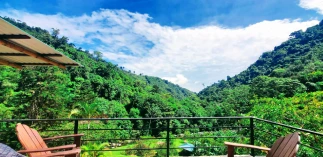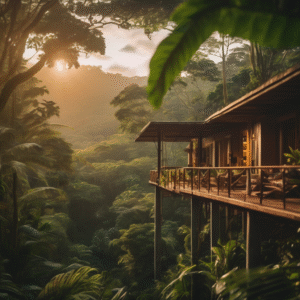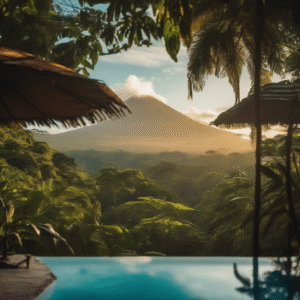While our mountain retreat boasts stunning views and a vibrant tapestry of birds, some prefer a more subdued existence. Today, we delve into the fascinating world of the Wilson’s Snipe, a master of camouflage that you might just hear before you see.
A Well-Deserved Reputation for Stealth
The Wilson’s Snipe (Gallinago delicata) is a medium-sized shorebird, though you’d be forgiven for thinking it smaller thanks to its adept hiding skills. Its beautifully mottled brown and buff feathers blend seamlessly with the forest floor, making it nearly invisible amongst fallen leaves and damp earth. This cryptic plumage is key to the snipe’s survival strategy, allowing it to evade predators like hawks and owls.
More Than Just Looks: Sensory Prowess
The Wilson’s Snipe isn’t just a pretty face (well, maybe not a face you’ll often see). Its incredibly long bill, packed with sensory nerves, acts like a metal detector for its favorite food – invertebrates lurking beneath the soil. The bill’s flexible tip can even open wide while the base remains closed, allowing the snipe to slurp up prey without ever needing to remove its bill from the mud.
A Zigzagging Flight with a Sonic Boom
If you do manage to flush a Wilson’s Snipe from its hiding spot, prepare for a show! These birds take flight in a surprising burst of energy, their short wings propelling them into a rapid, erratic flight pattern. This zigzagging escape tactic, coupled with a loud, whistling sound produced by their tail feathers, is sure to disorient any potential pursuer.
Not Quite a Central Valley Resident
While Costa Rica boasts a healthy population of Wilson’s Snipes, spotting them in our mountain retreat is uncommon. These birds prefer the wetter habitats of marshes, bogs, and wet meadows. However, if you ever find yourself exploring the lowland areas near the coast or venturing into the Tortuguero Canals, keep an ear out for their distinctive winnowing call. This ghostly, haunting sound, produced during the breeding season, is an unforgettable experience for any birding enthusiast.
The Importance of Protecting Wetlands
The Wilson’s Snipe population, though currently listed as “Least Concern” by the IUCN, is sensitive to habitat loss. Wetlands are vital for these birds, providing them with the food and shelter they need to thrive. Here at our retreat, we are committed to sustainable practices that protect the delicate ecosystems within our mountain range. By supporting eco-friendly businesses, we can all play a role in ensuring the continued existence of these fascinating, camouflaged creatures.
Our next avian adventure takes us to the skies above the rainforest canopy, where we’ll meet the dazzling Resplendent Quetzal, a true symbol of Costa Rica’s natural beauty. Stay tuned!
For more information, please view our comprehensive guide about the birds of Costa Rica







